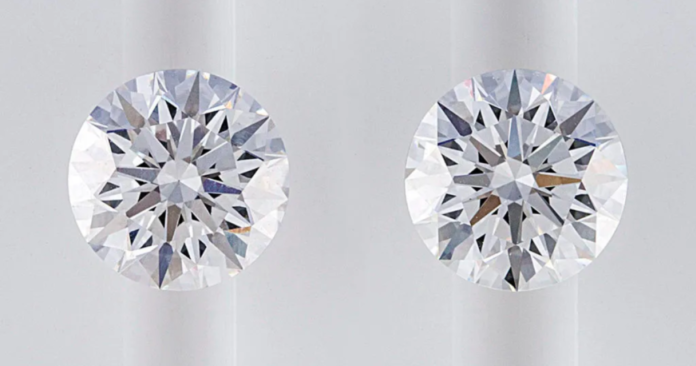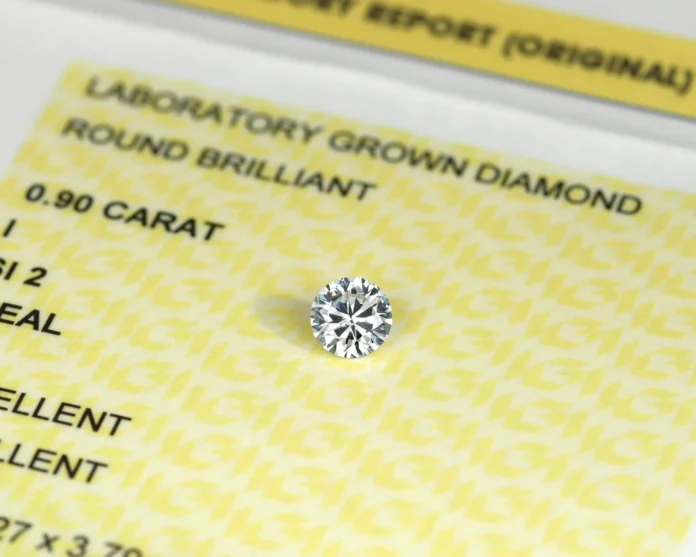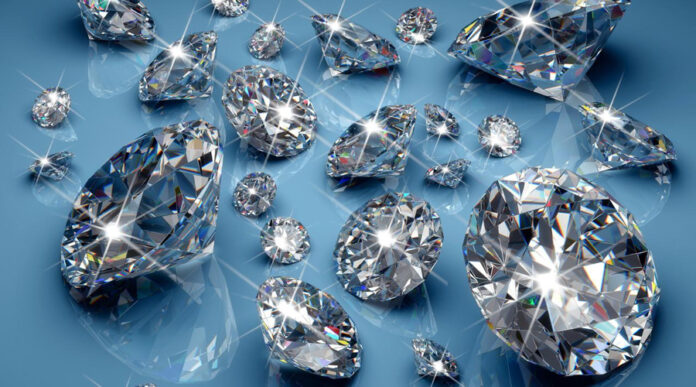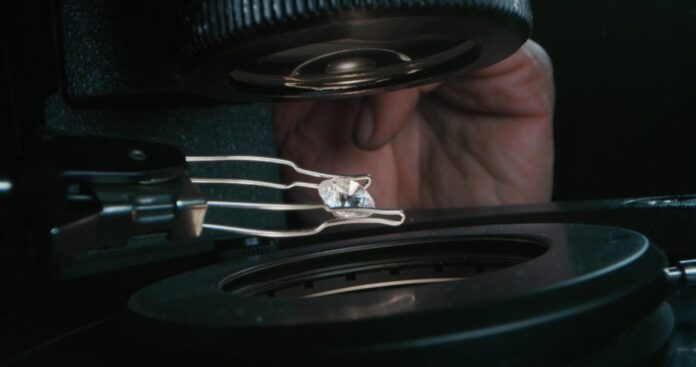Diamonds are one of the most sought-after gemstones in the world, prized for their beauty, rarity, and durability. However, the diamond industry has long been plagued by ethical and environmental concerns, with the mining and distribution of natural diamonds often coming at a great cost. In recent years, an alternative has emerged in the form of lab-grown ones. In this article, we will explore how they are made, their benefits and differences from natural diamonds, and their potential impact on the industry.
How are Lab-Grown Diamonds Made? An Overview of the Scientific Process Involved
First, let’s take a closer look at what a lab grown diamond is and how they are made. They are man-made diamonds that are produced in a laboratory setting using advanced technological processes. There are two primary methods for growing them in a lab: High Pressure High Temperature (HPHT) and Chemical Vapor Deposition (CVD).
The HPHT method involves subjecting a small diamond seed to high pressure and high temperature in the presence of a carbon source. This creates a diamond crystal that can then be cut and polished into a finished gemstone. The CVD method, on the other hand, involves heating a gas mixture of hydrocarbons and hydrogen to create a plasma that contains carbon. The carbon atoms then crystallize onto a substrate, forming a layer that can be cut and polished into a finished piece.
Benefits of Lab-Grown Diamonds: Affordability, Sustainability, and Ethical Considerations
One of the biggest benefits of lab-grown diamonds is their affordability. Because they are produced in a lab, the costs associated with mining, transportation, and distribution are eliminated. This means that they can often be purchased for a fraction of the cost of natural ones of the same quality.
Another benefit is their sustainability. Diamond mining can have a devastating impact on the environment, with mining operations causing deforestation, soil erosion, and water pollution. Lab-grown diamonds, on the other hand, have a much smaller environmental footprint. They do require energy to produce, but many labs are now using renewable energy sources to power their operations.
In addition to their affordability and sustainability, they also offer ethical benefits. The industry has long been associated with human rights abuses, including forced labor and exploitation. Lab-grown ones, on the other hand, are produced in a controlled environment where workers are paid fair wages and work under safe conditions. This means that consumers can purchase it with confidence, knowing that they are not supporting unethical practices.
Differences Between Lab-Grown and Natural Diamonds: Are They Really the Same?

But how do lab-grown diamonds compare to natural ones? In terms of their physical and chemical properties, they are essentially identical to natural ones. They are both made of pure carbon and have the same crystal structure and hardness. However, there are some differences between the two that can be detected by gemologists.
One difference between lab-grown and natural diamonds is their origin. Natural ones are formed deep within the earth’s mantle over billions of years, while lab-grown ones are produced in a matter of weeks or months. This means that lab-grown diamonds do not have the same geological history and rarity as natural ones.
Another difference is their color. While natural diamonds can come in a range of colors, including yellow, pink, and blue, lab-grown ones are typically colorless or near-colorless. This is because they are often produced using a different process than natural ones, which can affect their coloration.
Lab-Grown Diamond Certification: Understanding the Various Grading Systems Used by Gemological Organizations

When it comes to purchasing a diamond, whether it is natural or lab-grown, it is important to look for certification from a reputable organization such as the Gemological Institute of America (GIA). The GIA uses a comprehensive grading system to evaluate them based on their color, clarity, cut, and carat weight. This grading system applies to both natural and lab-grown diamonds, ensuring that consumers can make informed purchasing decisions based on the quality of the diamond they are buying.
Market Trends and Future Prospects for Lab-Grown Diamonds: Are They a Viable Alternative to Natural Diamonds?
The lab-grown diamond industry has seen tremendous growth in recent years, with global production estimated to reach 20 million carats by 2030. This growth has been driven by increasing consumer demand for sustainable and ethically sourced products, as well as the affordability of lab-grown diamonds. In response to this growing market, many traditional diamond companies have begun to offer lab-grown diamonds alongside their natural ones.
Lab-Grown Diamonds as a Disruptive Force in the Diamond Industry and Their Potential Impact on Consumer Behavior
Despite the many benefits of lab-grown diamonds, there are still some challenges facing the industry.
One of the biggest challenges is consumer perception. While lab-grown diamonds are chemically and physically identical to natural ones, some consumers still view them as inferior or less valuable. This perception is slowly changing as more consumers become aware of the benefits of lab-grown diamonds and their similarities to natural ones.
Another challenge this industry is facing is the lack of standardization in the grading and certification process. Currently, there are several different grading systems used by different organizations, which can lead to confusion for consumers. It is important for the industry to develop a standardized grading system to ensure that consumers can make informed purchasing decisions.
All in All

In conclusion, lab-grown diamonds are a disruptive force in the diamond industry, offering consumers an affordable, sustainable, and ethical alternative to natural ones. While there are still challenges facing the industry, including consumer perception and standardization, the future looks bright for lab-grown diamonds. As more consumers become aware of their benefits and their similarities to natural ones, the industry is poised for continued growth and success. So next time you are in the market for a diamond, consider a lab-grown one as a viable and responsible option.









